Machines Can Think
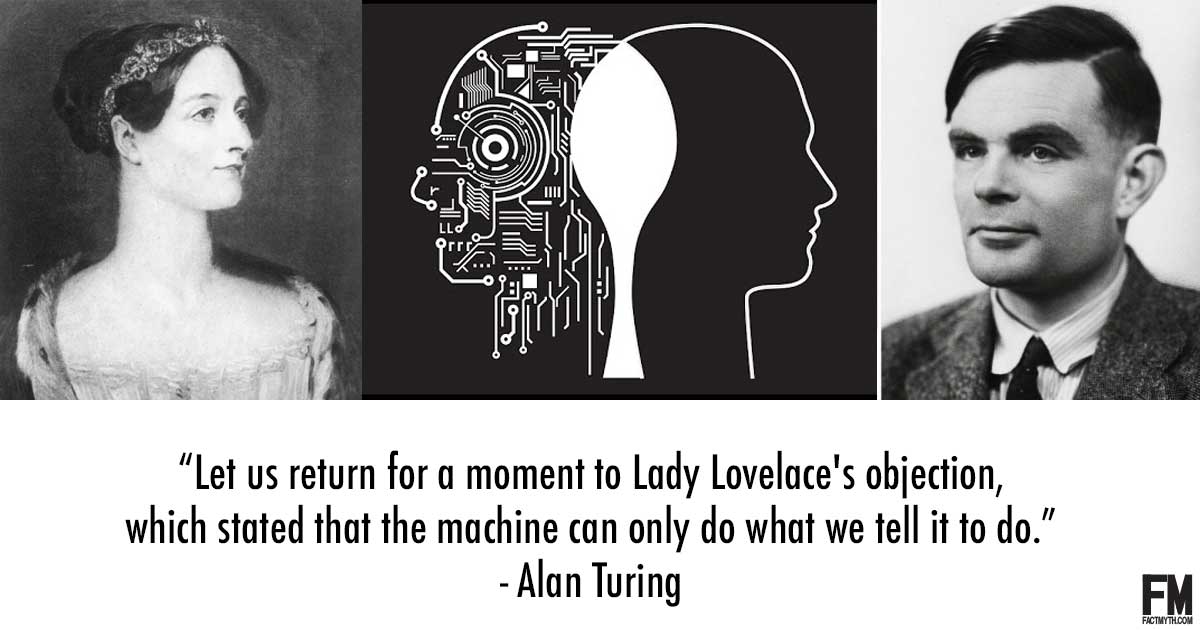
Whether or not machines can think, depends on our definition of “think.” Generally we can say, machines can think, but they think differently than humans.
Thought is a mental process which allows beings to model the world, and so to deal with it effectively according to their goals, plans, ends and desires. Concepts akin to thought are sentience, consciousness, idea, and imagination.

Whether or not machines can think, depends on our definition of “think.” Generally we can say, machines can think, but they think differently than humans.

Human behavior can be random to some extent, but most behavior is based on prior input, and thus is “deterministic” (meaning not totally random).

The Common Core works in theory, in that it should teach all kids key critical thinking skills, but the implementation has been under-supported leading to real issues.
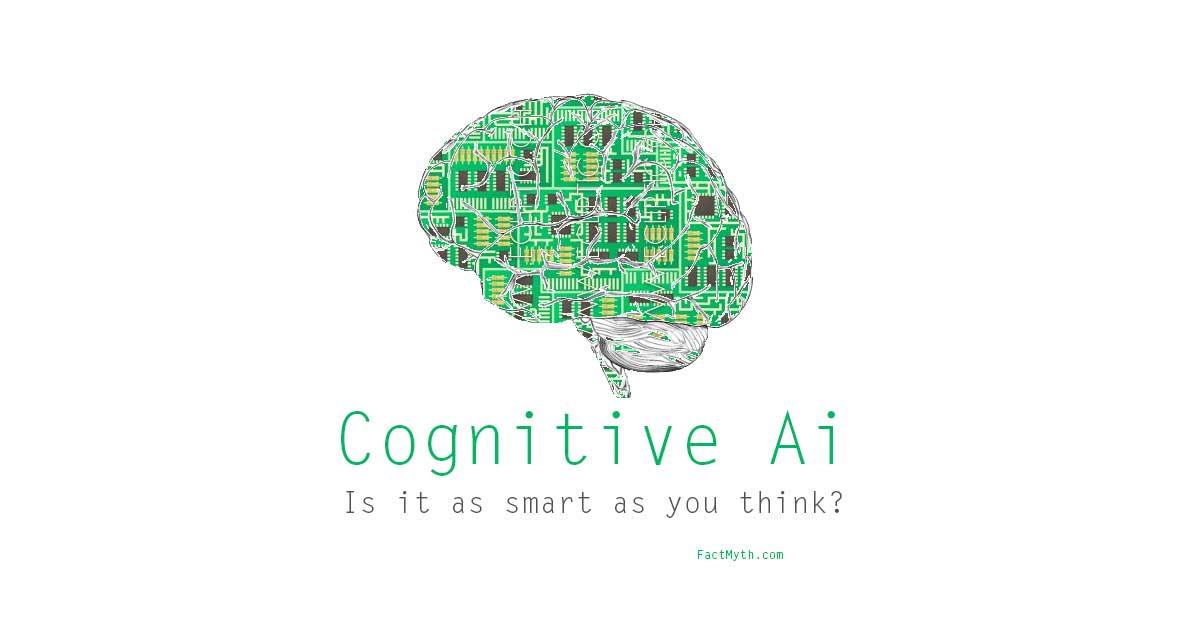
Cognitive Artificial Intelligence (AI) is a computer program that can think, learn, and generally mimic human cognition.
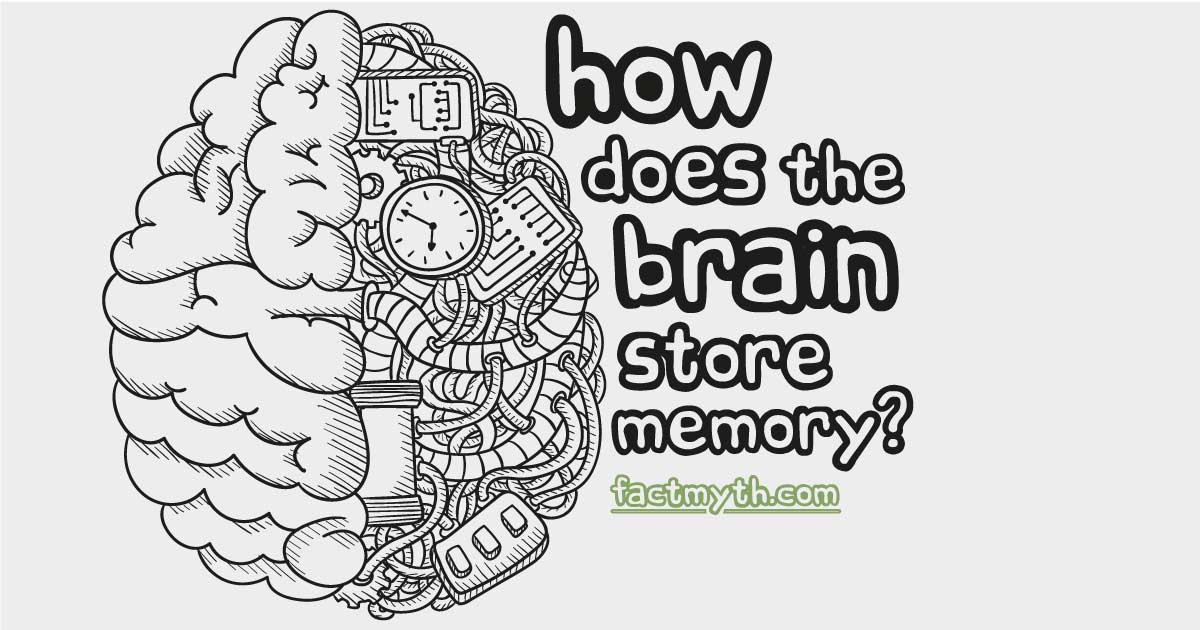
There are three basic types of memory: sensory memory (what we perceive), short-term memory (what we think about), and long-term memory (what we know).

The speed and complexity of our thoughts exceed our abilities of language and communication, specifically our ability to convey complex ideas.
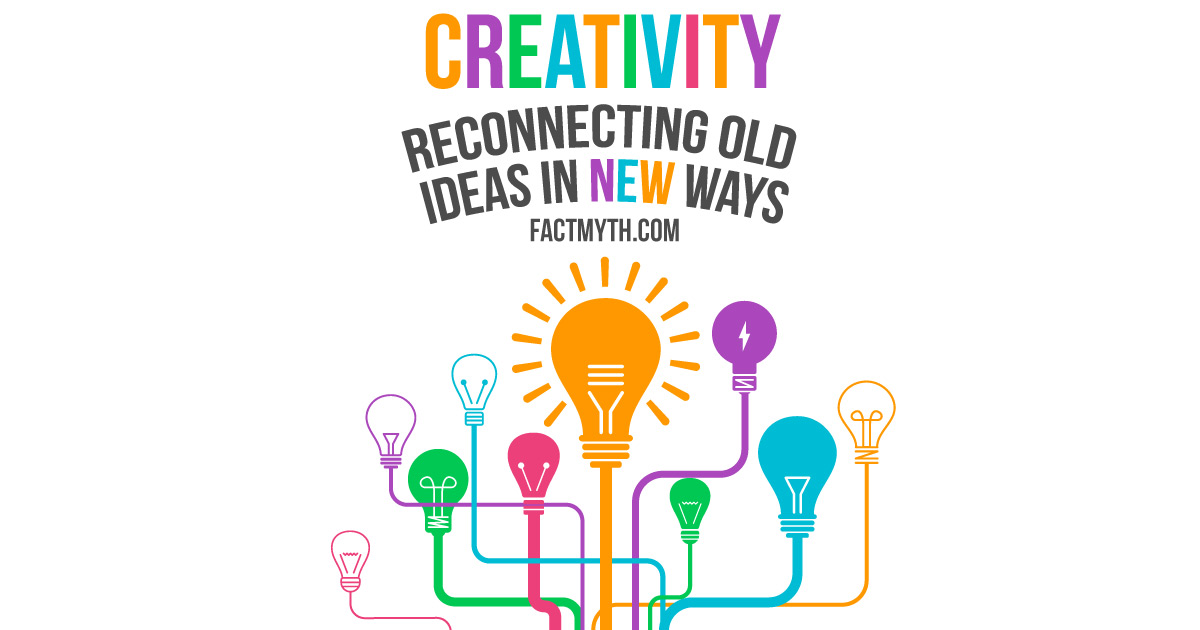
Humans can’t have new ideas without prior sensory input. We copy, transform, and combine old ideas to create new ones.

The average human has a limited short-term memory and a fairly inaccurate long-term memory. This is due to the way we process, encode, and recall memories.

People can’t multitask effectively. Giving simultaneous attention to tasks, or alternating and dividing attention between tasks, reduces the performance of at least one task.
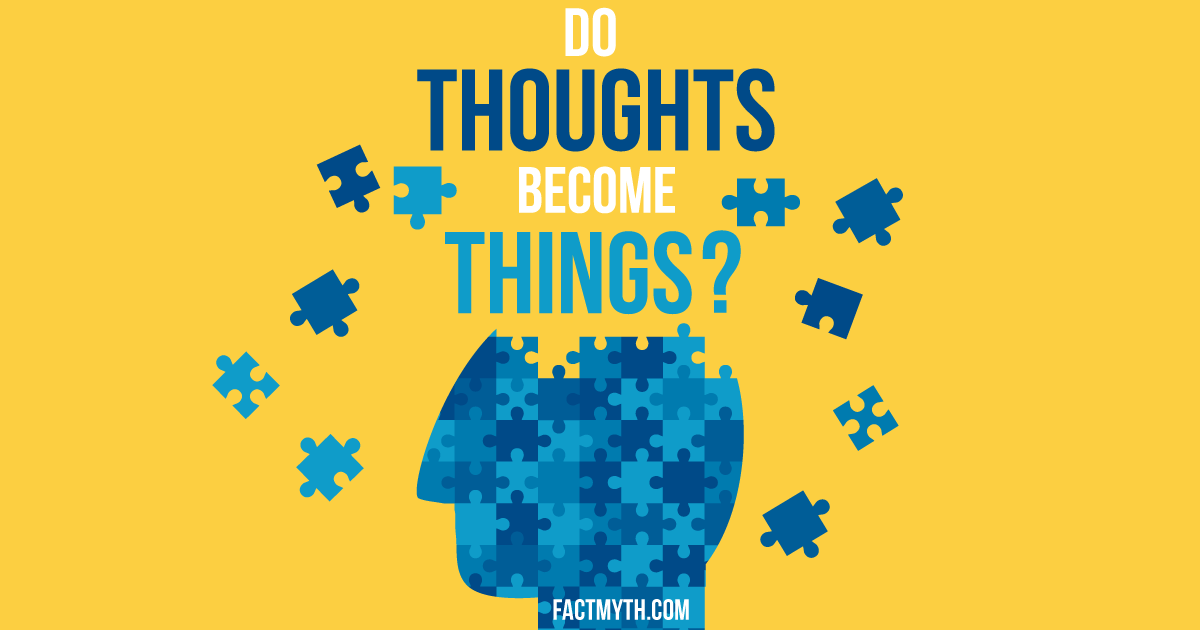
Our thoughts can shape our inner reality and outward perceptions of things (neuroplasticity), but to affect or create a reality outside ourselves, we must interact with the world and communicate our thoughts.